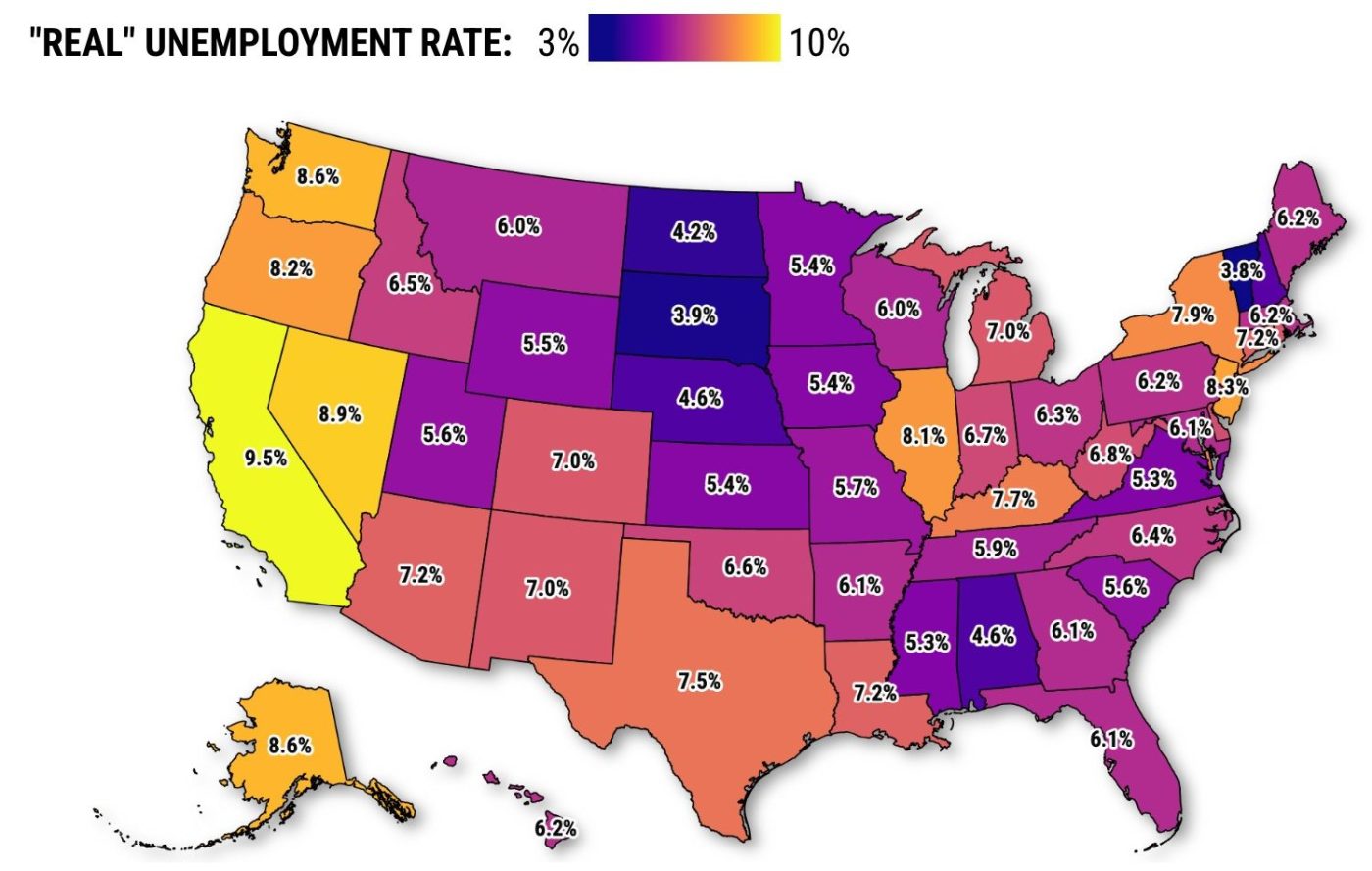Is California’s unemployment problem double what’s commonly discussed?
Ponder a quarterly employment report from the BLS that contains for Californians another bit of discomforting data: a jobless measurement using a broad interpretation of folks with paycheck problems.
Related Articles
When bees swarm in the Bay Area, who you gonna call? These heroes.
Tesla rehires some Supercharger workers weeks after Elon Musk’s cuts
Bill would ban some production quotas for U.S. warehouse workers
California job losses jump 20% in a year
The next union organizing wave is at Apple
This benchmark includes the officially jobless, the discouraged worker and those who are underemployed. It includes people working part-time who want full-time employment. It also tracks folks with no jobs who aren’t counted as unemployed because that haven’t recently looked for work.
What some people consider the “real” unemployment rate shows 9.5% of Californians were in this distressed employment status in the year ended in the first quarter. That’s almost double the “official” jobless rate, and it’s the state’s worst reading since 2022’s second quarter.
It’s also highest in the nation, ahead of Nevada at 8.9%, Alaska at 8.6%, Washington at 8.6%, and New Jersey at 8.3%. Vermont was lowest at 3.8%, followed by South Dakota at 3.9%, and North Dakota. California rival Texas was 11th-highest at 7.5% while Florida was No. 30 at 6.1%.
Even the traditional jobless measurement scores California as the nation’s second-highest state for unemployment at 4.8%. Only Alaska at 4.9% was worse.
After California came New Jersey at 4.8% and Washington, D.C. and Nevada at 4.7%. Texas was No. 12 at 3.9%. Florida was No. 40 at 2.9%. Vermont was lowest at 1.8%, then North Dakota and South Dakota at 2.2%.
No matter the math, California joblessness is not just about big losses of late in the tech industry. High interest rates have throttled real estate-related industries. A relatively strong US dollar hurts manufacturing. And economic uncertainty limits white-collar, business-service staffing.
Still, you can find some job market improvement by comparing where “real” employment has been moving – the start of 2024 vs. pre-pandemic days.
California’s “real” unemployment in the first quarter was 1.2 percentage points below its 10.7% average for 2015-19.
And that’s a bigger drop than the nation: This US jobless count fell to 7.7% to start 2024 from 8.7% in 2015-19 – just a 1-point dip.
Jonathan Lansner is the business columnist for the Southern California News Group. He can be reached at jlansner@scng.com












